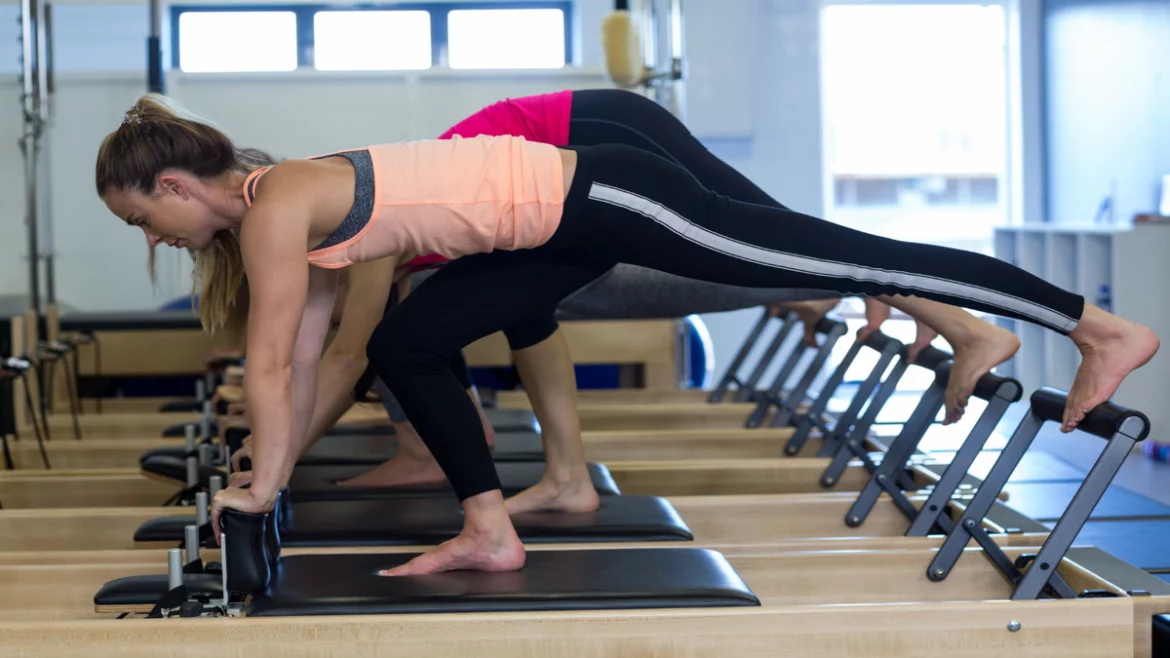In the fitness industry, the Kas Glute Bridge has gained popularity as an altered method of strengthening and building glutes. It puts a lot more tension and concentration on the glute muscles than the normal glute bridge or hip thrust.
A great exercise to include in your routine is the Kas Glute Bridge, which helps to strengthen your glutes. Continue reading for instructions on performing the Kas Glute Bridge safely and some advice and advantages to give you a head start before entering the gym.
A Kas Glute Bridge: What Is It?
So, what is a Kas Glute Bridge? A modified glute targeting exercise comparable to the hip thrust, the Kas Glute Bridge is a great option for anyone looking to add more glute strength and definition to their training regimen. It places a strong emphasis on muscle isolation and time under strain.
Why is the Kas Glute Bridge Used?
Exercises like deadlifts and squats can quickly age you and increase your risk of lower back problems. Although the glute muscles are worked in both the squat and the deadlift, the lift has other purposes. This method is a superior glute-building exercise because it isolates the glute muscles in a way impossible with different exercises.
This method differs from the standard glute bridge mainly because of its position configuration. Targeting your glutes becomes easier when you’re on a raised platform, like a bench or box. The high glute bridge is an extremely effective exercise for strengthening and developing the glutes because of its elevated position and moderate, controlled cadence.
Step by step Guide
- To begin the Kas Glute Bridge exercise, place your feet slightly wider than hip-width apart and position your shoulders so that the middle of your blade rests against a bench or box. If you use weight, place a dumbbell or barbell in your hip crease and grasp it with both hands.
- To start the next glute bridge exercise, lower your hips gradually by two to three inches while contracting your glutes, keeping your lower back flat, and maintaining strong knees.
- To return to the beginning position, drive through your heels and extend your hips to elevate the barbell to the ceiling once you’ve reached the bottom of the action. Make sure to keep your posture straight for the entire exercise. Your knees should be in line, your heels should be bent 90 degrees, and your body should form a straight line from your shoulders to your knees.
- Lift your hips until your body forms a straight line from your shoulders to your knees, then return to the starting position.
Kas Thrusts vs. Glute Bridge: What’s the Difference?
The hip thrust exercise is often compared to the Kas Glute Bridge. The duration of strain and the purpose of the exercise are the primary distinctions between the movements. The Kas Glute Bridge is a deliberate, slow-motion exercise used to increase strength and muscle. On the other hand, the goal of the hip thrust workout is explosiveness and quick activation. Both workouts work the same muscles, yet the outcomes are very different.
Are Hip Thrusts Less Effective than Kas Glute Bridges?
Depending on your training goals, hip thrusts may not be as effective as Kas Glute Bridges. Because they specifically isolate and target the glute muscles, Kas Glute Bridges are an excellent exercise for building strength and muscle. On the other hand, due to their quick activation and explosiveness, hip thrusts are frequently used by athletes and beneficial in a range of sports.
Final Thoughts
Developing tight and aching glutes is pretty prevalent in today’s sedentary environment. This is generally caused by sitting too much or overworking the glutes using movements like the famous glute bridge. Treating your tight tissue’s tension and trigger points is critical to releasing pain and developing pain-free glute muscles. Targeted deep-tissue massage like Kas Glute Bridge is an excellent place to start when relieving a muscle with unpleasant trigger points. One can get relief from pain and chronic muscular tension with a deep, relaxing tissue massage. This technique allows the glute muscles to function normally without causing discomfort. Stretching after a deep tissue massage will help to reduce pain and improve range of motion.


